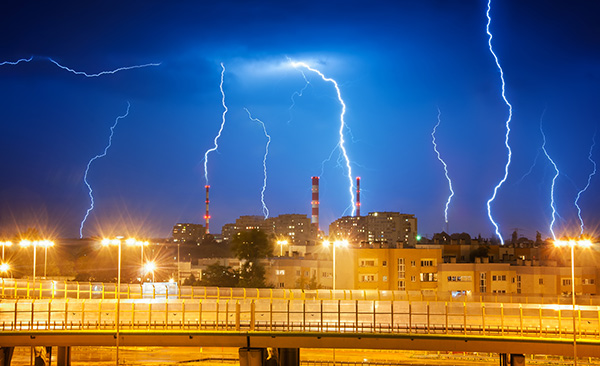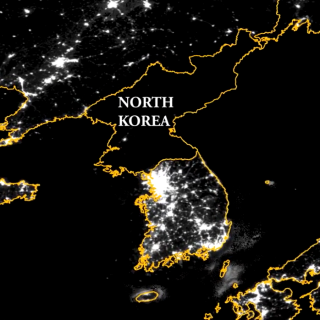Vulnerability must be included in urban planning
Local authorities are increasingly realising that they cannot deal with the growing problem of weather-related disasters, and that time is running out.
“Protecting cities from climate change and weather events needs to become routine”, says Christine Wamsler, who conducts research on how cities can stand up to variations in climate, extreme weather and weather-related disasters.
The past winter, southern England was hit by the worst floods ever recorded in the country, following weeks of persistent rain and storms. The extreme weather conditions surpassed all fears and previous experiences, and neither towns’ nor individual householders’ flood defences were sufficient.
The situation in England is unfortunately not unique. Internationally, few towns and cities are well prepared to deal with weather-related disasters, be it flooding, storms or extreme temperatures. Meanwhile, local authorities are increasingly realising that the need for good preparation is increasing in line with global warming, and that time is running out.
Christine Wamsler is a reader at Lund University’s Centre for Sustainability Studies (LUCSUS). She has been conducting research for a number of years on how cities can improve their resilience to variations in climate, extreme weather and weather-related disasters. There is already a variety of technology to prevent problems and solve urgent crises, she says. Instead, the problem is primarily in how local authorities and other agencies organise their work on these issues.
“Climate change adaptation must be integrated into the day-to-day work on every level; primarily in town planning, environmental management and risk management, as well as in other areas of their activities. Protecting communities from climate change and weather events needs to be integrated into routines. The work needs to be scaled up from the pilot projects we have seen over the past decade”, says Christine Wamsler.
“More tools are needed to ensure that these issues are incorporated into the daily town planning routines. Local plans are perhaps one of the most important instruments. When local authorities plan new, or modernise existing infrastructure and housing, issues relating to climate change adaptation are rarely on the checklist.
“An example of what might be needed is compensation principles that ensure the city has enough trees and other vegetation. The ‘green’ and ‘blue’ infrastructure, i.e. vegetation and water, are key to creating a resilient city”, says Christine Wamsler.
“The ‘green’ and ‘blue’ infrastructure, i.e. vegetation and water, are key to creating a resilient city.”
Another problem is that there are currently no regulations on how large a proportion of a plot may be paved or covered with hard surfaces that prevent rain and surface water from penetrating the ground. In recent years, it has become popular to replace lawns with paving and other hard materials, which creates greater local flooding problems.
The research also shows that individual householders and citizens are rarely viewed as potential helpers in the work to adapt towns and cities to climate change. On the contrary, there are many examples of how the ignorance and thoughtlessness of individuals have exacerbated the effects of weather-related disasters.
Christine Wamsler is currently working on two major research projects with a range of coastal municipalities in southern Sweden that all want to reduce their vulnerability, especially from the sea.
“We are basing our work on the issues raised by the municipalities, and adapting it to how far each municipality has got on each issue. We are working with various departments simultaneously so that the work on climate change adaptation really becomes a matter for the entire municipality.”
Text: Sara Bernstrup Nilsson
Published: 2013









